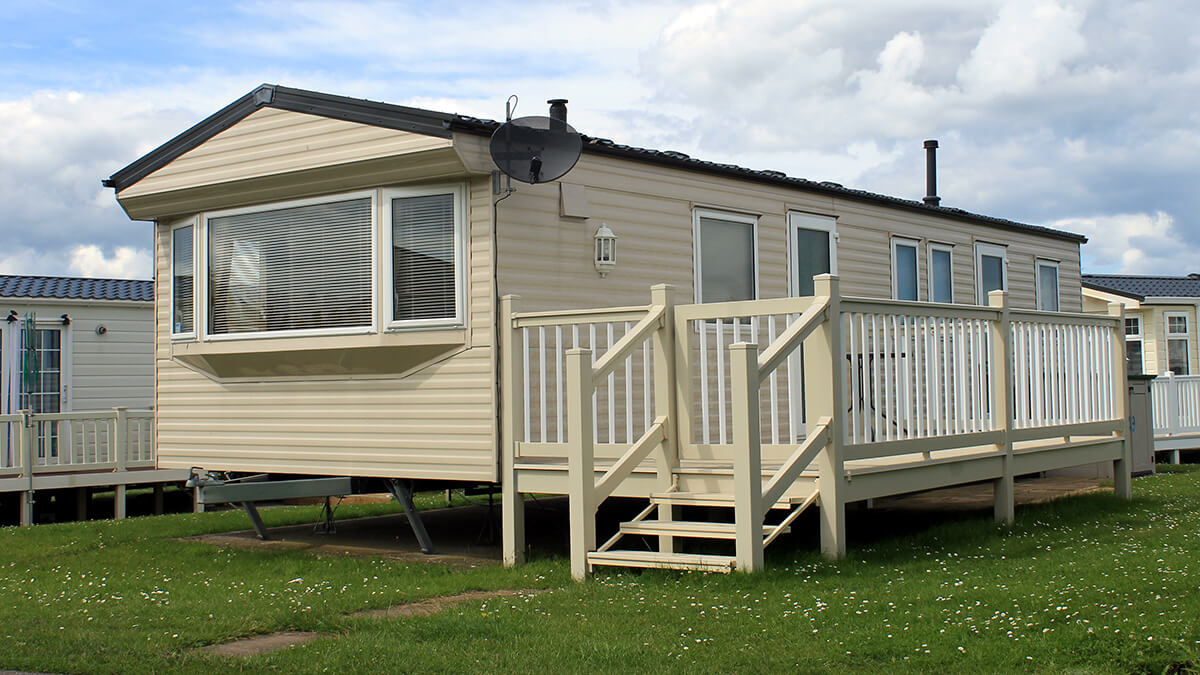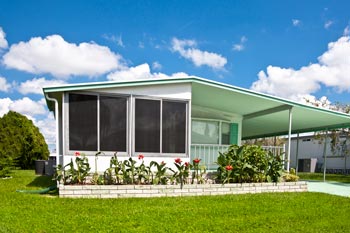Classic Car Restoration Tips

Restoring a classic car can be a tall task. Whether your beloved classic car has withered over the years, or you've just bought a basket case as a passion project, there's a lot that goes into getting it back in pristine condition.
But the following tips can help your classic car restoration DIY project go smoothly and help make all the work worth it!
- Exercise patience.
Even if you have every piece laid out in front of you - with a set of detailed instructions - restoring a classic car can take a lot longer than you expect.
There are countless things that can go wrong. And many times, they do.
Sometimes you might find that it's difficult to source some parts you need.
Other times, the parts can be delayed.
Further, as you become more proficient throughout your classic car restoration project, you may start to notice some of your earlier efforts don't match your updated standards.
If (or when) that happens, you may decide to redo a few things - which can be a whole day's worth of work, or longer.
If you go into the project expecting unexpected delays, you might not get as frustrated when they inevitably happen. You may even embrace them!
- Know your skillset.
Classic car restoration requires a diverse skillset. And it's very rare for one person to be able to complete every job at the highest professional standards.
If you're one of those people, great!
If not, that's ok.
Do as best as you can. And remember, there's nothing wrong with outsourcing a few tasks to experienced professionals.
But if you're confident enough to literally do it all yourself, cut yourself some slack if some of your work is average.
- Stay organized.
Your classic car restoration can get hectic. If you aren't keeping track of everything, you can easily double the amount of time it takes to complete the job.
When you strip the car down, consider labeling each part.
Additionally, it may help to take pictures of everything so you can see how all the various components fit together, as well as how all the wires and pipes are run.
For small parts, consider placing them in freezer bags (and labeling them).
Labeling everything and taking pictures is well worth the time you'll spend doing it.
- Have fun!
If you're taking on a classic car restoration yourself, you're probably exceptionally passionate about your vehicle.
But once you start experiencing the ups and downs that come with the process, you can easily get frustrated and stop enjoying the process.
Remember that there's always someone out there that has solved the problem you're facing now.
There are countless tools, quality parts, tutorials and even trainings to help you out.
And once you finally get your classic car out on the road, your sense of fulfillment will likely far outweigh any frustrations you experienced during the restoration process.
Good luck with your classic car restoration!


